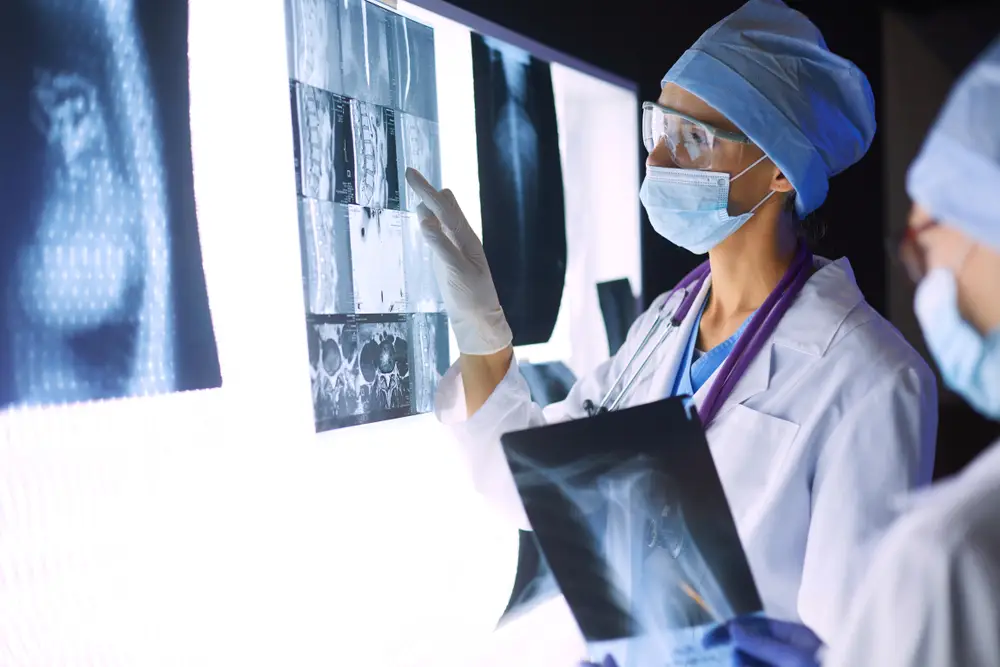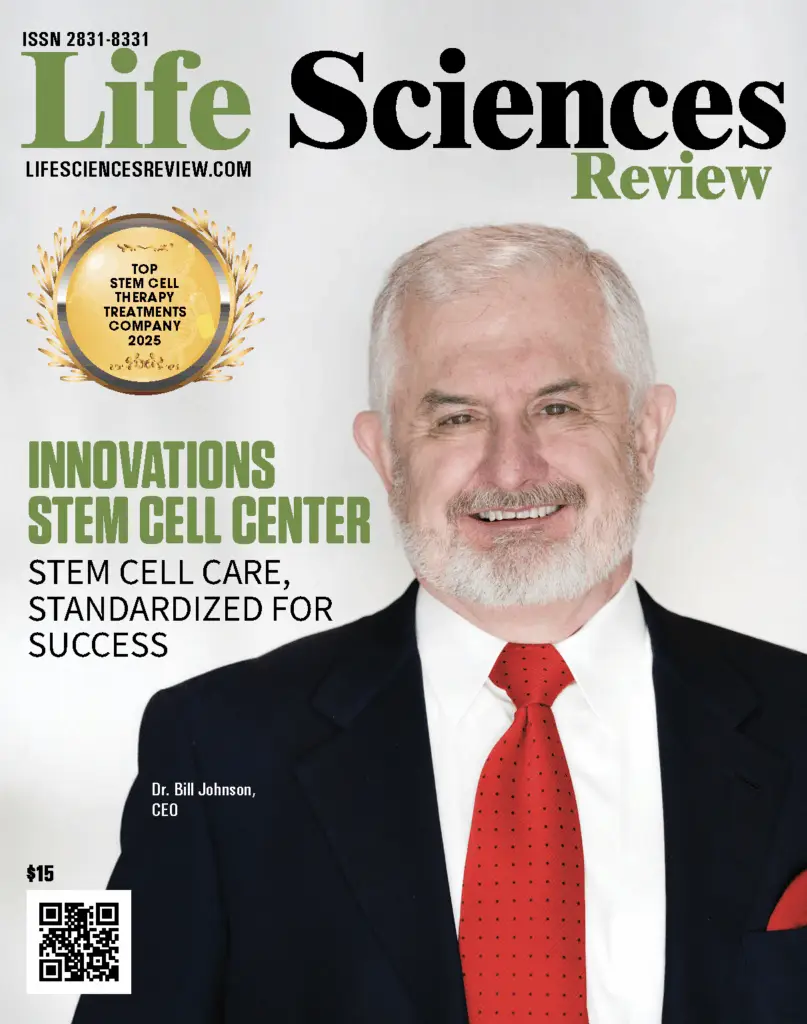University of South Florida researchers successfully transplanted human bone marrow-derived endothelial progenitor cells (EPCs) into mice to mimic the symptoms of amyotrophic lateral sclerosis (ALS). Their research has improved the survival rates of motor neurons affected by the disease and slowed down disease progression by healing areas of the blood-spinal cord barrier damaged by the disease.
The USF report was published on March 27 in Scientific Reports and joins other researcher projects exploring the potential of cell therapy for ALS and other neurodegenerative conditions.
Neurodegenerative diseases are a group of conditions that cause the progressive degeneration of motor neurons. Motor neurons are nerve cells that control motor function, muscle control, and movement.
Neurodegenerative diseases have no cure and in most cases lead to total paralysis and death.
According to the ALS Association, more than 15 Americans are diagnosed with the disease every day.
“ALS and other neurodegenerative diseases can be devastating,” said Dr. Bill Johnson, a Dallas, Texas, stem cell physician.
Symptoms of ALS include muscle weakness, problems with coordination, stiff muscles, muscle spasms, and loss of muscle control. Speaking can become difficult over time, and many patients also develop issues like difficulty swallowing, drooling, lack of restraint, and mild cognitive impairment as their condition progresses.
When ALS causes damage to the blood-spinal cord barrier, the body is susceptible to inflammatory cells and potentially harmful substances moving through the peripheral blood.
Exposure to these elements can damage the endothelial cells that line the blood vessels adjacent to motor neurons.
In their work, the researchers at the USF Health Morsani College of Medicine’s Center of Excellence for Aging and Brain Repair used their research to build upon a previous study that showed the benefits of using human bone marrow-derived stem cells for ALS patients.
Results of the earlier study showed that using these cells improved motor functions and the state of the nervous system conditions in ALS-symptomatic mice. The previous study specifically indicated that the human bone marrow-derived cells were able to heal the damaged barrier.
In the earlier USF study, the benefits of using the human-derived cells were not immediately visible. Results took several weeks to see, and some treated areas still showed damage after the mice received a high dose of the cells.
Building on their previous attempts, the Florida researchers used a different type of cell, but one still taken from the bone marrow, in their current project. The human EPCs had more genetic similarities to the vascular endothelial cells found in the interior of the blood vessels than undifferentiated human bone marrow-derived stem cells.
During the study, the team intravenously administered a single dose of the human bone-marrow-derived EPCs into mice with ALS.
Four weeks after the EPCs were transplanted, the scientists compared the mice that receive the active cell treatment to two other groups: mice with ALS who received a saline treatment and untreated mice that did not have ALS.
The mice with ALS that received EPC treatments had improved motor function and better motor neuron survival. This group also showed slower disease progression than the group of mice with ALS that received saline.
This result suggests that the healing of the barrier is a result of the EPCs. To further support this suggestion, the researchers point to significantly restored capillaries and less capillary leakage. They also noted that the mice that received the EPCs showed signs of improvement in the re-establishment of perivascular astrocytes, a type of structural support cell that helps to form the protective barrier around the brain and spinal cord.
The Florida researchers hope that their discovery can help to develop a new treatment protocol for ALS and other neurodegenerative conditions.
Source: University of South Florida (USF Innovation). “Transplanted bone marrow endothelial progenitor cells delay ALS disease progression.” ScienceDaily. ScienceDaily, 2 April 2019.






